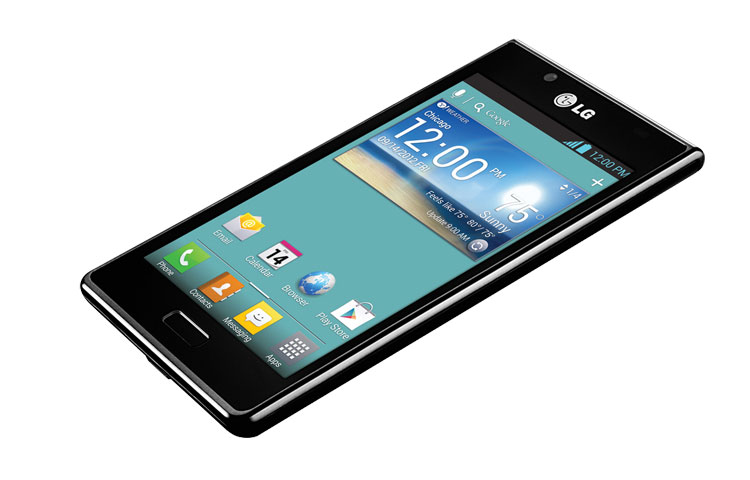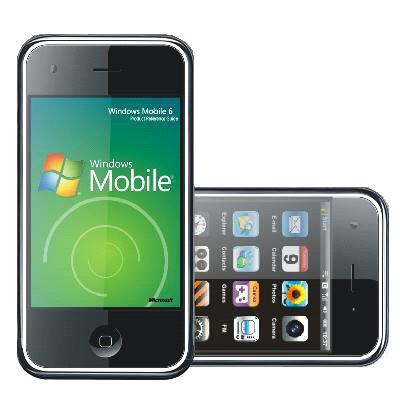Gsm Mobile Phone Detail
GSM was designed with a moderate level of service security. The system was designed to authenticate the subscriber using a pre-shared key and challenge-response. Communications between the subscriber and the base station can be encrypted. The development of UMTS introduces an optional Universal Subscriber Identity Module (USIM), that uses a longer authentication key to give greater security, as well as mutually authenticating the network and the user – whereas GSM only authenticates the user to the network (and not vice versa). The security model therefore offers confidentiality and authentication, but limited authorization capabilities, and no non-repudiation.
GSM uses several cryptographic algorithms for security. The A5/1, A5/2 and A5/3 stream ciphers are used for ensuring over-the-air voice privacy. A5/1 was developed first and is a stronger algorithm used within Europe and the United States; A5/2 is weaker and used in other countries. Serious weaknesses have been found in both algorithms: it is possible to break A5/2 in real-time with a ciphertext-only attack, and in January 2007, The Hacker's Choice started the A5/1 cracking project with plans to use FPGAs that allow A5/1 to be broken with a rainbow table attack. The system supports multiple algorithms so operators may replace that cipher with a stronger one.
GSM was designed with a moderate level of service security. The system was designed to authenticate the subscriber using a pre-shared key and challenge-response. Communications between the subscriber and the base station can be encrypted. The development of UMTS introduces an optional Universal Subscriber Identity Module (USIM), that uses a longer authentication key to give greater security, as well as mutually authenticating the network and the user – whereas GSM only authenticates the user to the network (and not vice versa). The security model therefore offers confidentiality and authentication, but limited authorization capabilities, and no non-repudiation.
GSM uses several cryptographic algorithms for security. The A5/1, A5/2 and A5/3 stream ciphers are used for ensuring over-the-air voice privacy. A5/1 was developed first and is a stronger algorithm used within Europe and the United States; A5/2 is weaker and used in other countries. Serious weaknesses have been found in both algorithms: it is possible to break A5/2 in real-time with a ciphertext-only attack, and in January 2007, The Hacker's Choice started the A5/1 cracking project with plans to use FPGAs that allow A5/1 to be broken with a rainbow table attack. The system supports multiple algorithms so operators may replace that cipher with a stronger one.
Gsm Mobile Phone
Gsm Mobile Phone
Gsm Mobile Phone
Gsm Mobile Phone
Gsm Mobile Phone
Gsm Mobile Phone
Gsm Mobile Phone
Gsm Mobile Phone
Gsm Mobile Phone
Gsm Mobile Phone














No comments:
Post a Comment